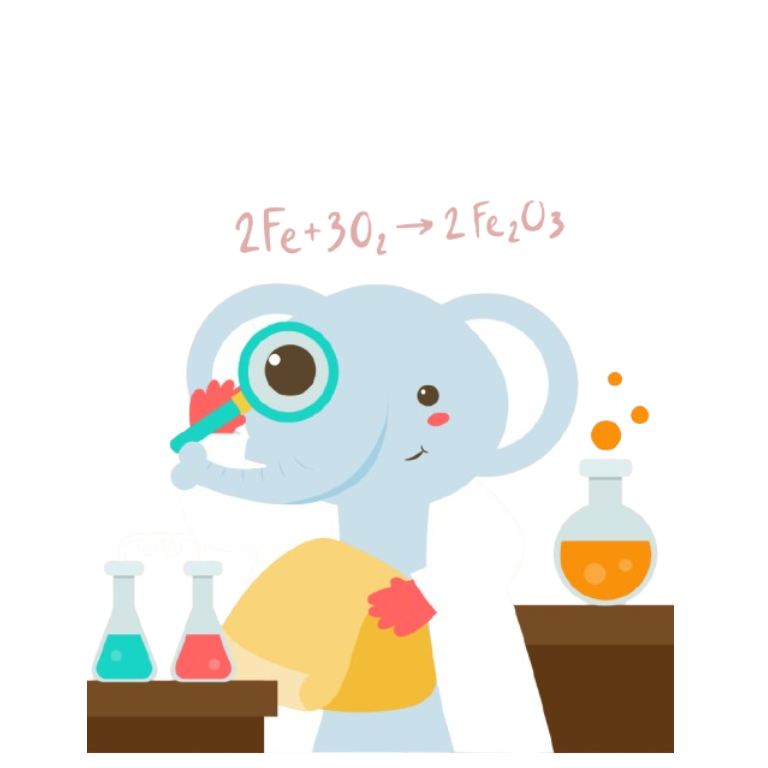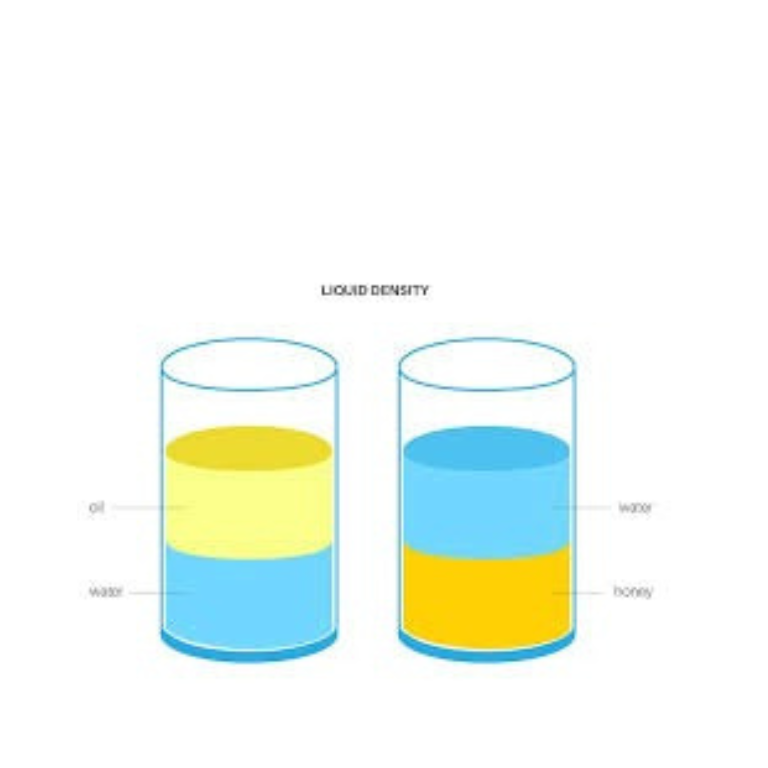Colligative Properties
Observe how adding a solute to a solvent lowers its freezing point. Compare the freezing of pure solvent versus solution. Adjust the solute concentration to see how it affects the freezing point depression.
The pure solvent will freeze at 0°C, while the solution will freeze at a lower temperature. The freezing point depression depends on solute concentration.
Pure solvent: 0°C | Solution: -0.93°C (ΔT = 0.93°C)
The Science Behind Freezing Point Depression
Colligative properties depend on the number of solute particles, not their identity:
- Freezing point depression: Solution freezes at lower temperature than pure solvent
- ΔT = Kf × m × i (Kf = cryoscopic constant, m = molality, i = van't Hoff factor)
- For water: Kf = 1.86°C·kg/mol
Solute particles disrupt the orderly arrangement of solvent molecules needed for freezing, requiring lower temperatures to overcome this disruption and form a solid.
Used in antifreeze for car radiators, de-icing roads with salt, and in frozen dessert preparation.


